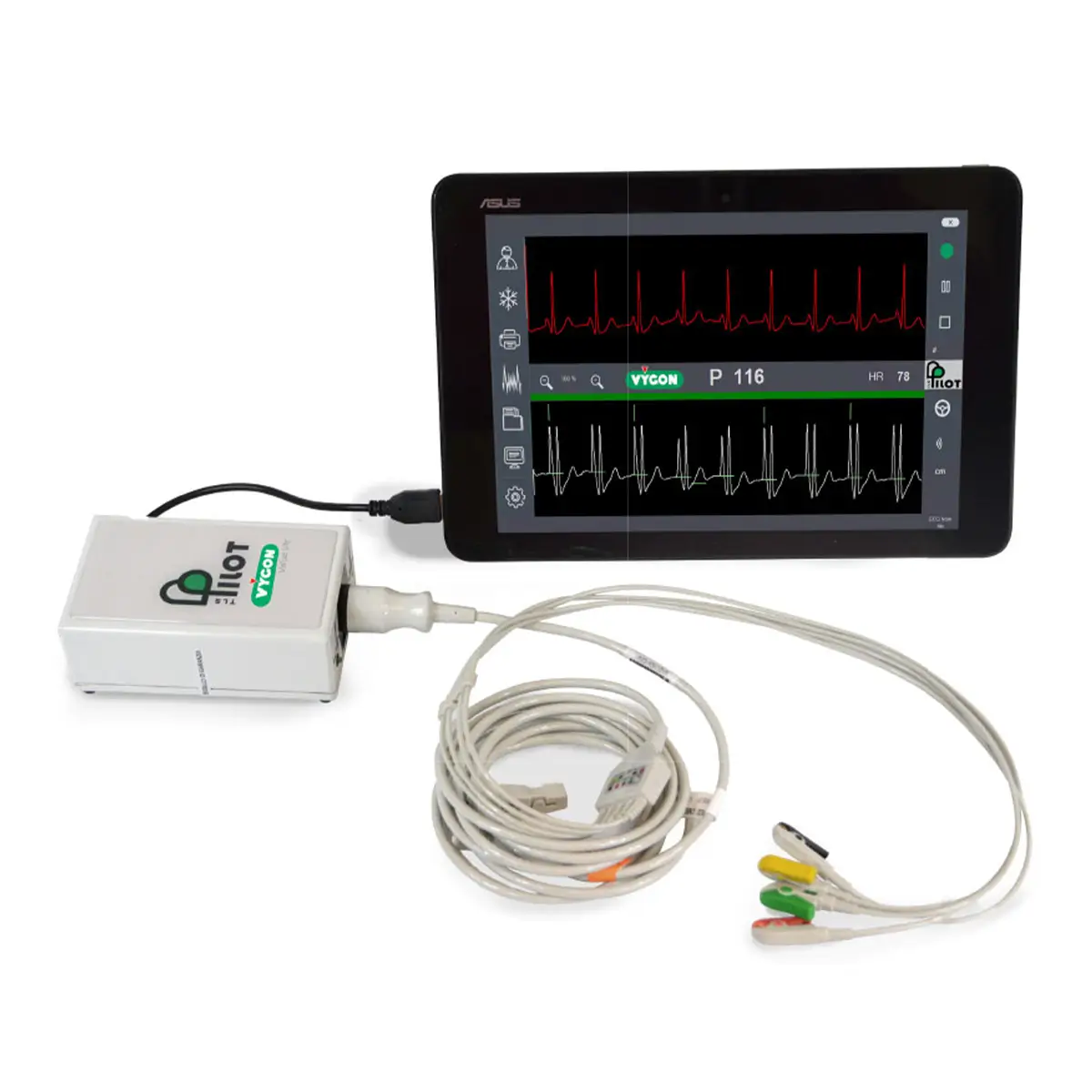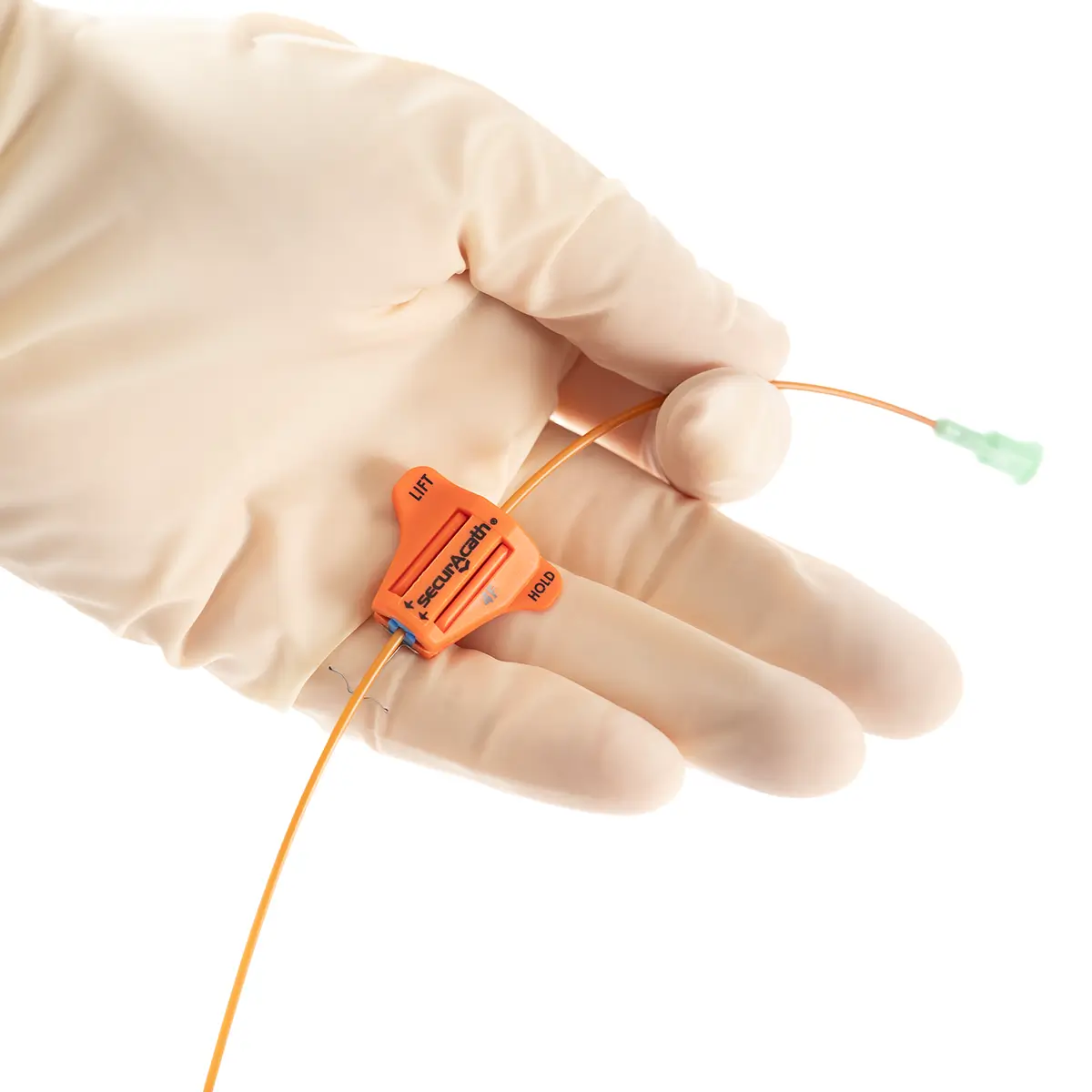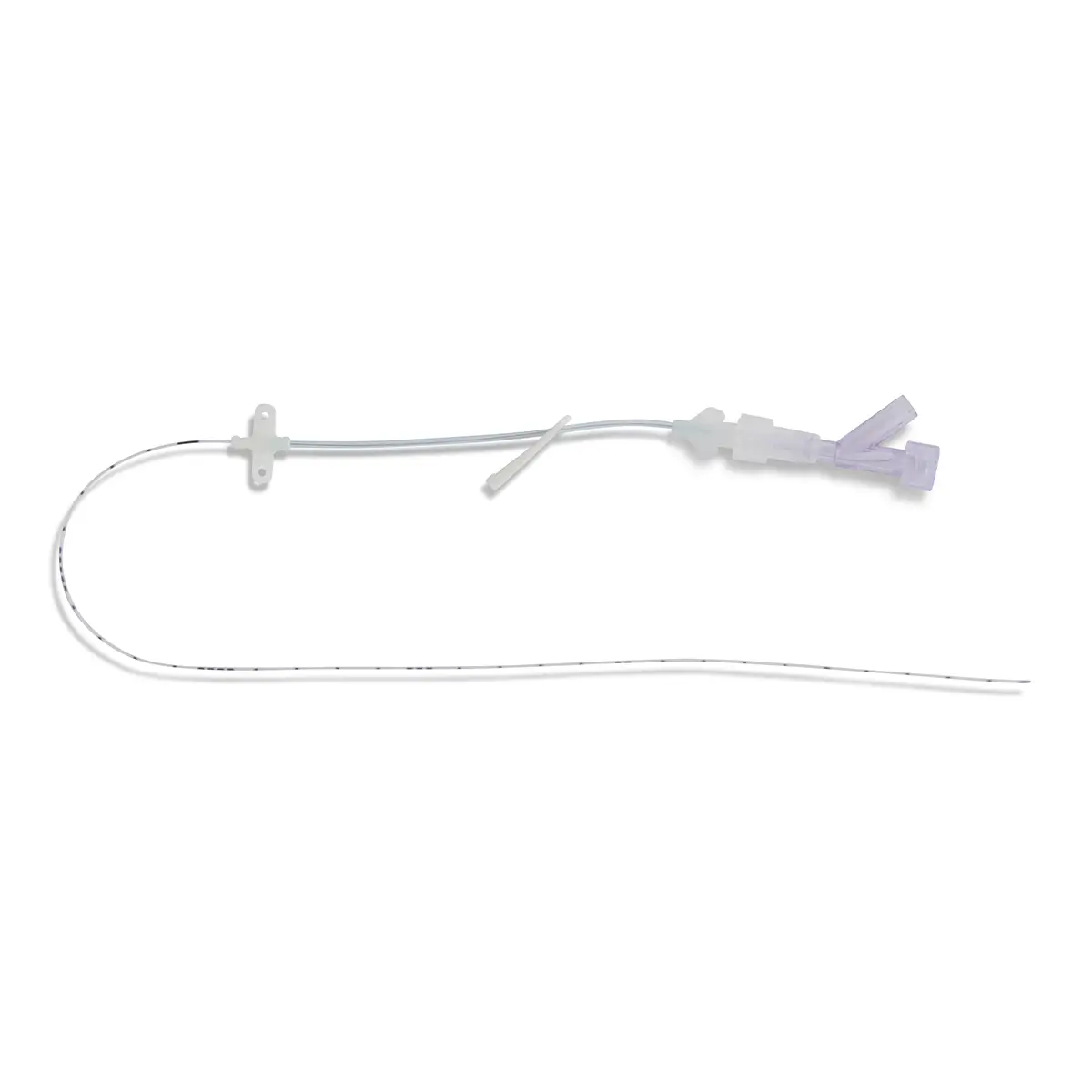Sepsis Identification and Management for Healthcare Professionals: World Sepsis Day

Early identification of sepsis is critical for patient survival, yet it remains a significant challenge (Slade et al, 2003). Nurses play a vital role in this process by routinely monitoring patients for signs of sepsis. This article highlights key aspects of identification and management for healthcare professionals.
- Identifying Sepsis - Tools
- Management Strategies - SEPSIS6
- A Detailed Look at Fluid Therapy - Why is this important
- Fluid Overload and Sepsis - The risks
- Beyond monitoring - The importance of observation
Identifying Sepsis
- Systemic Inflammatory Response Syndrome (SIRS): Any patient presenting with two or more SIRS and a suspected infective source is deemed to have sepsis. Further evaluation for organ dysfunction (severe sepsis) and mortality risk is necessary.
- National Early Warning Score (NEWS2): This tool, developed by the Royal College of Physicians, is useful for identifying unwell patients and performs well in those with suspected sepsis or time dependant infection. A score of 5 or more warrants sepsis screening.
- Children: Children can often compensate well during a disease process like sepsis so early escalation to senior support is crucial, as subtle changes can be missed. The use of a Paediatric Early Warning Score (PEWS) with a defined escalation plan is recommended.
It’s estimated that there are around 123,000 cases of sepsis each year in England, with around 1,000 of these cases reported in children under five.[1]
“Education and training is the golden thread in improving recognition, treatment and positive outcomes of sepsis in children. We are working with Health Education England to make sure all health professionals have the knowledge and skills to identify and treat sepsis.”
NHS England.
Management Strategies
The majority of research evidence on sepsis is limited to severe sepsis and septic shock - there is little on uncomplicated sepsis. However, in all cases of sepsis, patients need immediate intervention to determine severity and prevent deterioration.
- Sepsis Six Care Bundle: Developed by the UK Sepsis Trust, this bundle outlines six key tasks to be completed within one hour by non-specialist healthcare professionals. These tasks include oxygen administration, blood cultures, antibiotic initiation, fluid resuscitation, lactate measurement, and urine output monitoring. The Sepsis Six has been shown to significantly reduce mortality rates.

Detailed Look at Fluid Therapy (Step 5 of Sepsis Six):
Fluid resuscitation is crucial for improving tissue oxygen delivery in sepsis. Cardiac output is a key factor in calculating oxygen delivery and therefore determining the effectiveness of fluid therapy.
- Cardiac Output: This value reflects the amount of blood pumped by the heart per minute. It is calculated by multiplying stroke volume (amount of blood ejected per heartbeat) by heart rate.
The body will naturally increase the heart rate in an attempt to overcome a low blood pressure or vasodilatation. This effect is frequently seen early in sepsis.
The stroke volume is dependent on two variables:
- Preload: the volume of blood in the heart/ circulating volume.
A hypovolaemic patient will have a low preload and therefore a low stroke volume
- Afterload: the pressure that the ventricle must overcome to eject blood/ the ‘systemic vascular resistance’
In sepsis, the afterload is usually low, and the heart rate and contractility will need to increase to maintain blood pressure. In early stages of sepsis, the circulation is described as hyperdynamic: cardiac output initially rises.
Sepsis causes complex dysfunction in the body’s inflammatory and coagulopathy pathways, leading to vasodilatation, vessel leakage and increased metabolic demands. This effect increases oxygen demand which, combined with intravascular losses, causes hypoperfusion and ischaemia at cellular levels (Porth, 2005).
The aims of fluid therapy are:
- To correct absolute and relative hypovolaemia
- To bring the patient’s pulse, blood pressure, mental state, lactate and urine output within target
- To do this judiciously, and to avoid pushing the patient into overload.
Fluid Overload and Sepsis
In sepsis, timely fluid resuscitation is crucial to improve tissue perfusion and oxygen delivery. However, excessive fluids can be detrimental:
- Worsened tissue perfusion - Too much fluid in the bloodstream can reduce blood flow to vital organs.
- Increased mortality risk - Fluid overload can exacerbate complications and raise the risk of death in sepsis patients.
Therefore, careful monitoring and personalised fluid management are essential in sepsis treatment. Clinicians need to balance the need for adequate fluid resuscitation with the risk of fluid overload.
Beyond monitoring
Utilising a cardiac output monitor will give you more in-depth insights on the individual elements of stroke volume to better understand your patient’s status and when to give fluids, therefore avoiding putting the patient at risk of fluid overload.
Sepsis is a dynamic condition, that can improve as quickly as it can worsen so it is important to use monitoring systems that provide real time continuous monitoring as well as trend data so you can see immediate and long-term changes in your patient’s condition. However, cardiac output monitoring is not always available. In the early stages, urine output is key.
Most people will present for the first time with sepsis in primary care, in the Emergency Department or Medical/Surgical Admissions Unit or as a deteriorating patient on the ward, not in Intensive Care. This means that there will be little or no access to cardiac output monitoring – we can’t assess the flow. As blood flow (cardiac output) falls, so does urine output. This is essential in guiding further fluid challenges and may identify a problem with the circulation before the blood pressure begins to fall.
It is important to use all clinical observations at your disposal. Skin, respiratory and metabolism are all factors that could give insights into your patient’s condition.
Conclusion
Sepsis is a complex and time-sensitive condition. Early identification and implementation of the Sepsis Six Care Bundle is crucial for improving patient outcomes. Healthcare professionals play a vital role in recognising the signs of sepsis and initiating appropriate management strategies.
- Stay vigilant for signs and symptoms of sepsis in your patients.
- Utilise tools like NEWS2 and PEWS for early identification.
- Implement the Sepsis Six Care Bundle promptly for suspected cases.
- Advocate for ongoing education and training on sepsis management.
Remember, early recognition and intervention are key to saving lives in sepsis.
References
- NHS England. New learning package designed to help clinicians spot the early sign of sepsis in children and infants. [Online]. Available from: https://www.hee.nhs.uk/news-blogs-events/news/new-learning-package-designed-help-clinicians-spot-early-sign-sepsis-children-infants [Accessed 31 July 2024].
- The UK SEPSIS TRUST. The Sepsis manual 6th 2022
- Slade E et al (2003) The Surviving Sepsis Campaign: raising awareness to reduce mortality. Critical Care; 7, 1-2.
- Royal College of Physicians (2012) National Early Warning Score (NEWS): Standardising the Assessment of Acute-illness Severity in the NHS.
- Porth MC (2005) Pathophysiology: Concepts of Altered Health States. Philadelphia PA: Lippincott Williams & Wilkins.






























